The rhumb line track between position a 45°00'n 010°00'w and position b ? [ MCQ aircraft ]
Question 157-1 : 315° 345° 330° 300°
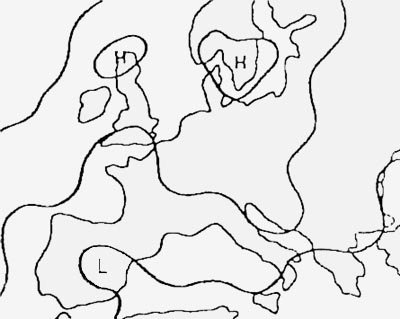 315°.
315°. The diameter of the earth is approximately ?
Question 157-2 : 12 700 km 6 350 km 18 500 km 40 000 km
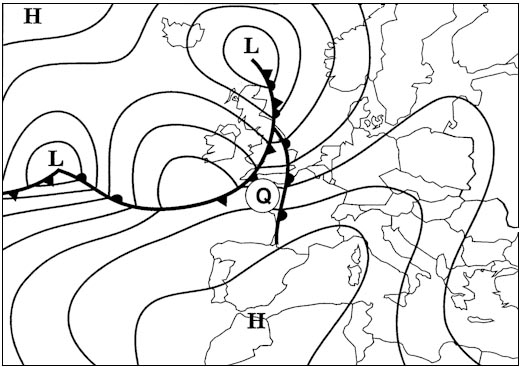 12 700 km.
12 700 km. The maximum difference between geocentric and geodetic latitude occurs at about ?
Question 157-3 : 45° north and south 60° north and south 90° north and south 0° north and south equator
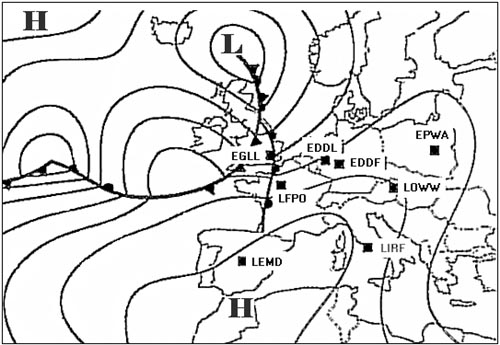 45° north and south.
45° north and south. If an aéronef was to circle around the earth following parallel 60°n at a ?
Question 157-4 : 960 kt 240 kt 550 kt 480 kt
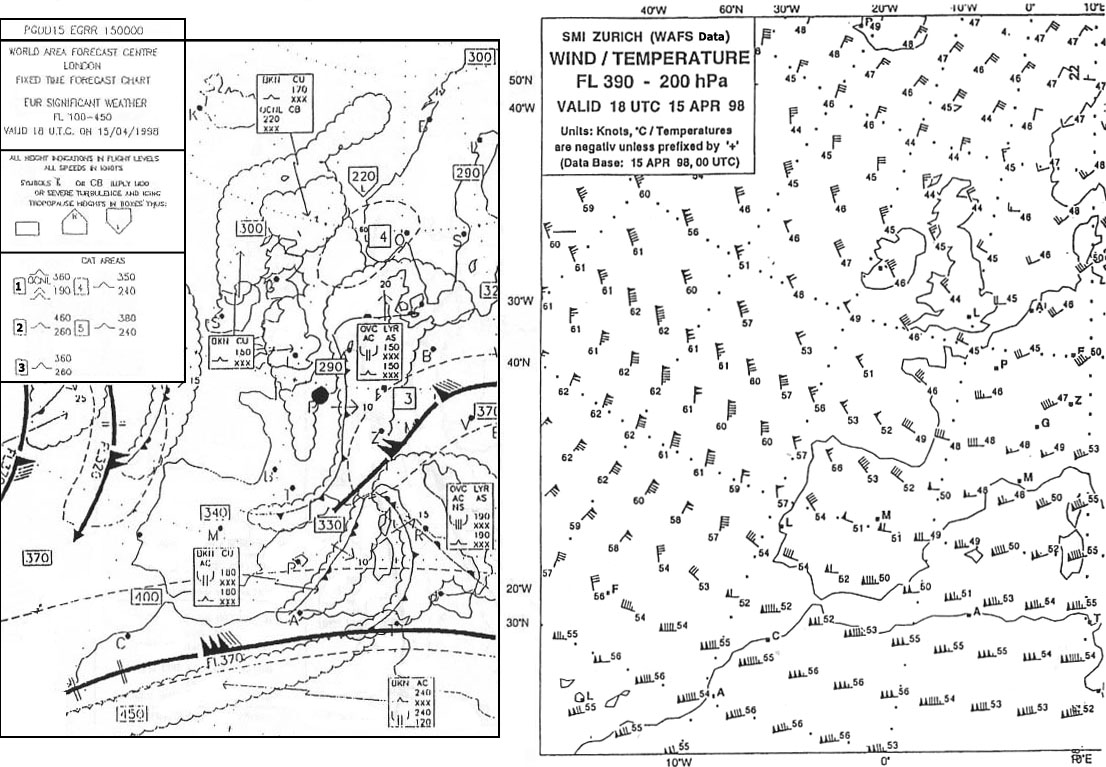 960 kt.
960 kt. An aircraft passes position a 60°00'n 120°00'w on route to position b ?
Question 157-5 : 279° 288° 261° 270°
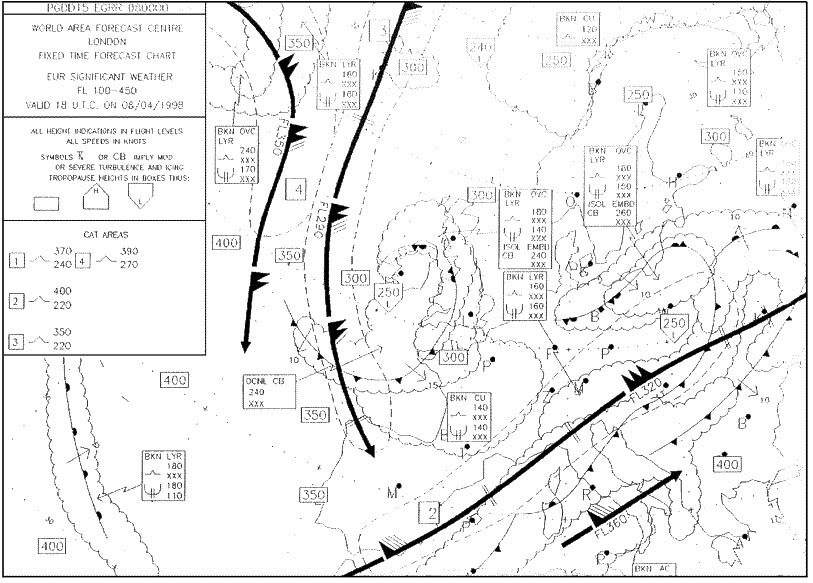 279°.
279°. A great circle track joins position a 59°s 141°w and b 61°s 148°w .what is ?
Question 157-6 : It increases by 6° it decreases by 6° it increases by 3° it decreases by 3°
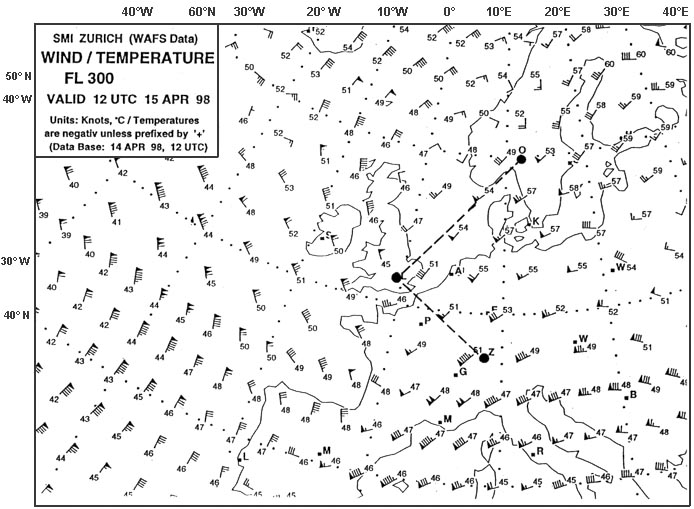 It increases by 6°.
It increases by 6°. What is the longitude of a position 6 nm to the east of 58°42'n 094°00'w ?
Question 157-7 : 093°48 5'w 093°54 0'w 093°53 1'w 094°12 0'w
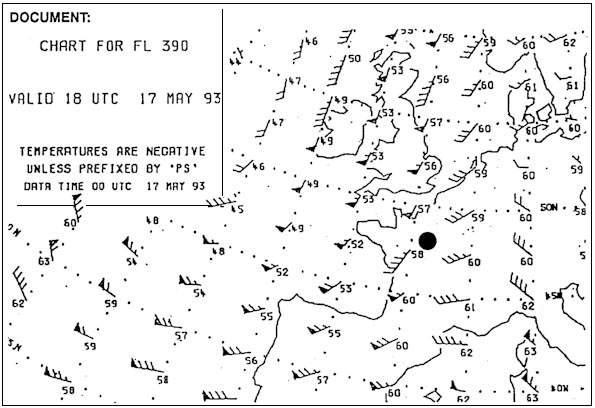 093°48.5'w.
093°48.5'w. The great circle distance between position a 59°34 1'n 008°08 4'e and b ?
Question 157-8 : 5 400 nm 10 800 km 2 700 nm 10 800 nm
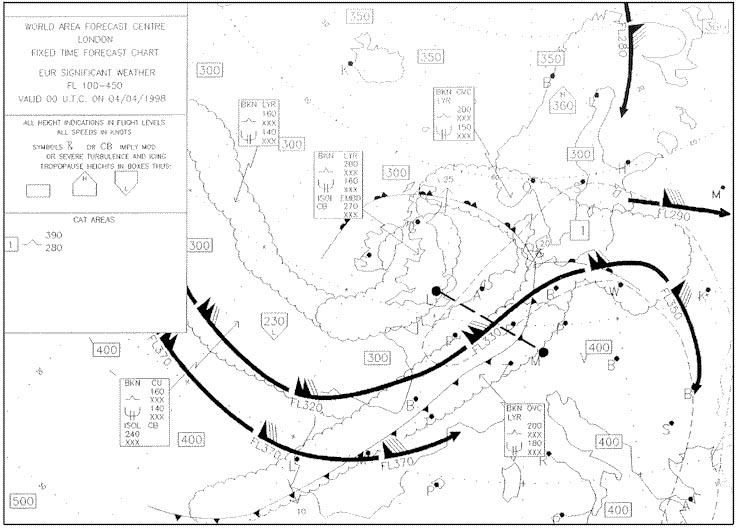 5 400 nm.
5 400 nm. Given .position a 45°n °e position b 45°n 45°15'e distance a b = 280 nm b ?
Question 157-9 : 38°39'e 49°57'e 51°51'e 40°33'e
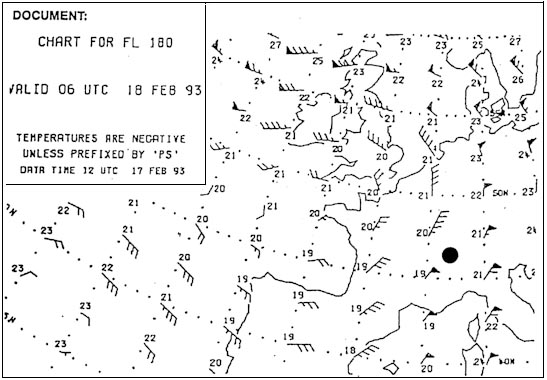 38°39'e.
38°39'e. 265 us gal equals specific gravity 0 80 ?
Question 157-10 : 803 kg 862 kg 895 kg 940 kg
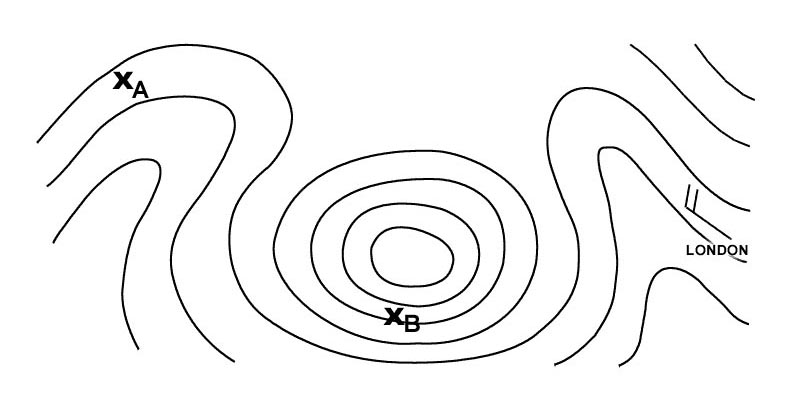 803 kg.
803 kg. On the 27th of february at 52°s and 040°e the sunrise is at 0243 utc on the ?
Question 157-11 : 0743 utc 0243 utc 2143 utc 0523 utc
 0743 utc.
0743 utc. The rhumb line distance between points a 60°00'n 002°30'e and b 60°00'n ?
Question 157-12 : 300 nm 600 nm 150 nm 450 nm
 300 nm.
300 nm. An aircraft is flying a great circle orthodromic route between two points .wpt ?
Question 157-13 : 60°05 7'n 59°49 0'n 60°11 0'n 60°00 0'n
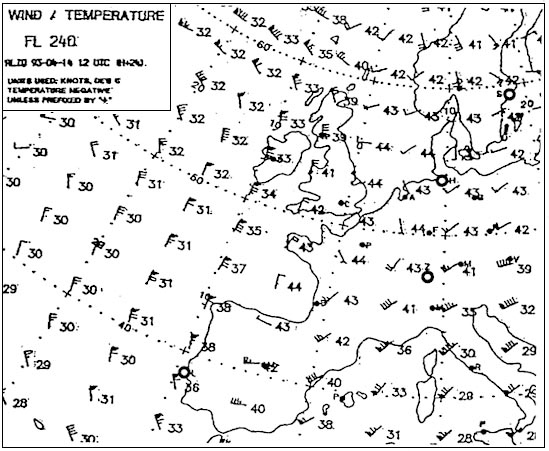 60°05.7'n.
60°05.7'n. An aircraft travels from point a to point b flying a great circle route .the ?
Question 157-14 : 277° 284° 263° 270°
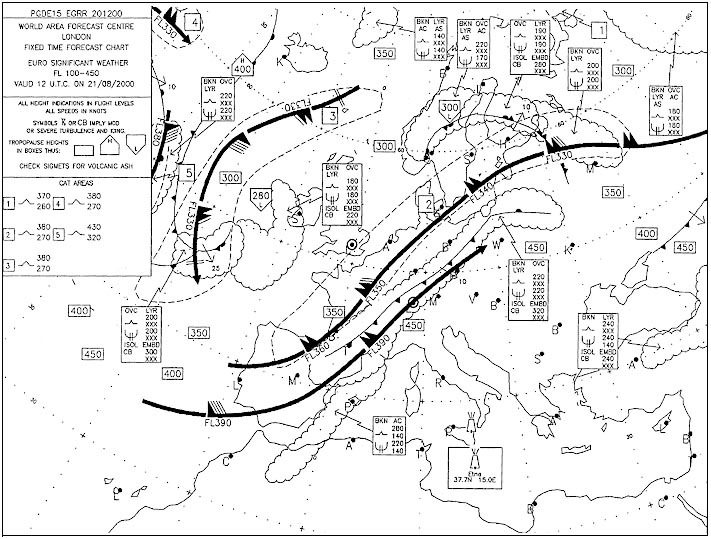 277°.
277°. Which is the highest latitude listed below at which the sun will rise above the ?
Question 157-15 : 62° 66° 68° 72°
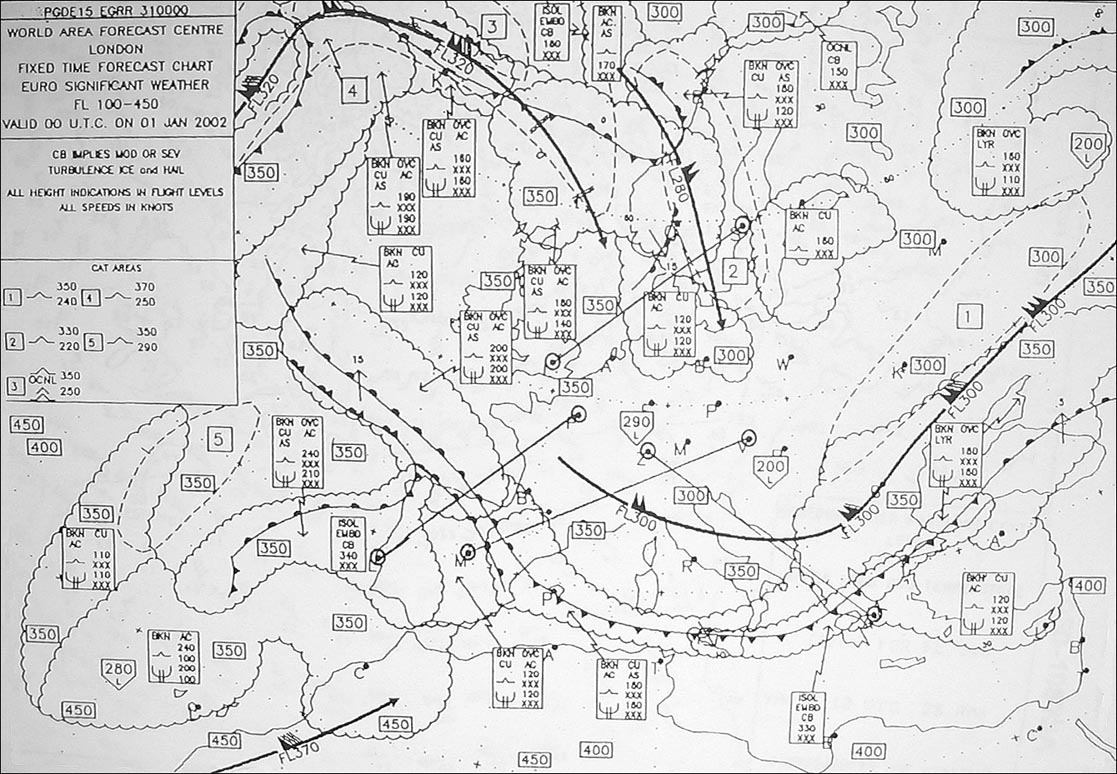 62°.
62°. The utc of sunrise on 6 december at winnipeg canada 49°50'n 097°30'w is . ?
Question 157-16 : 14 13 22 30 09 30 01 13
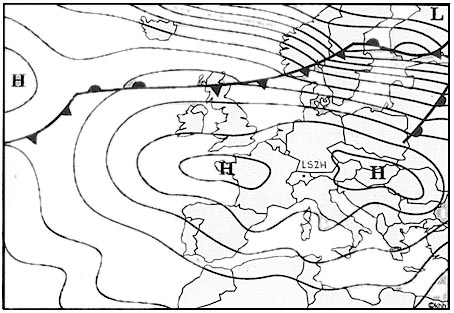 14:13
14:13 When it is 1000 standard time in kuwait the standard time in algeria is . 2472 ?
Question 157-17 : 08 00 07 00 13 00 12 00
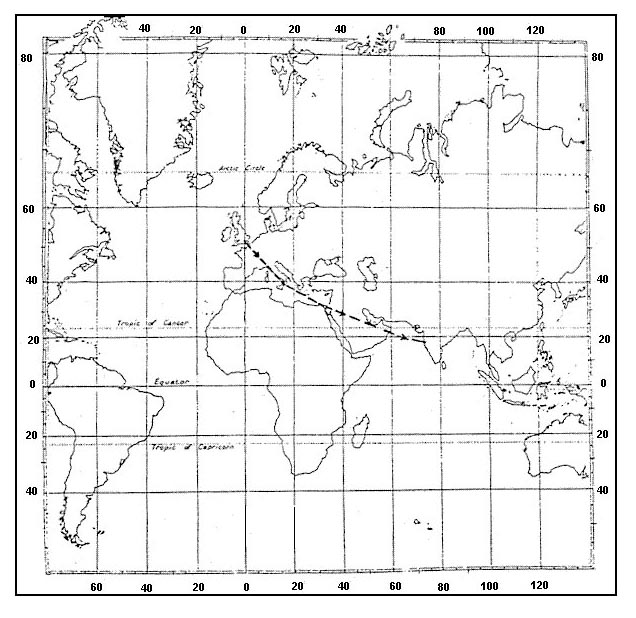 08:00
08:00 The value of magnetic variation ?
Question 157-18 : Has a maximum of 180° must be 0° at the magnetic equator varies between a maximum of 45° east and 45° west cannot exceed 90°
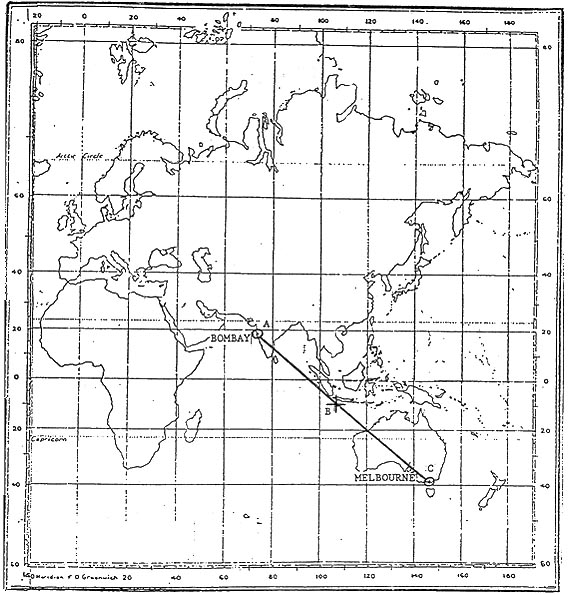 Has a maximum of 180°.
Has a maximum of 180°. The horizontal component of the earth's magnetic field ?
Question 157-19 : Is stronger closer to the magnetic equator weakens with increasing distance from the magnetic poles weakens with increasing distance from the nearer magnetic pole is approximately the same at all magnetic latitudes less than 60°
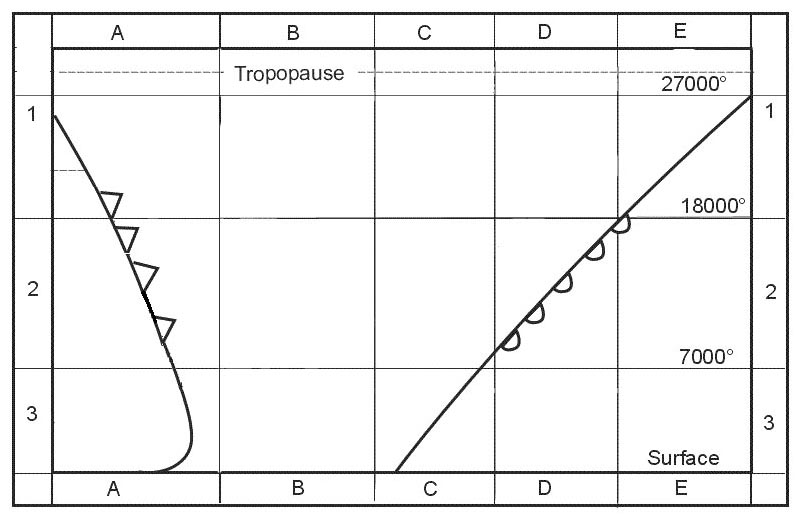 Is stronger closer to the magnetic equator.
Is stronger closer to the magnetic equator. When it is 0600 standard time in queensland australia the standard time in ?
Question 157-20 : 10 00 12 00 02 00 06 00
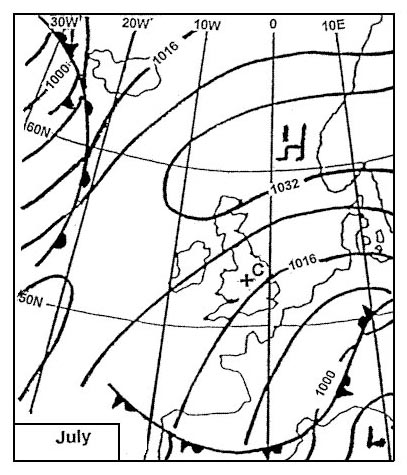 10:00
10:00 The circumference of the earth is approximately ?
Question 157-21 : 21600 nm 43200 nm 5400 nm 10800 nm
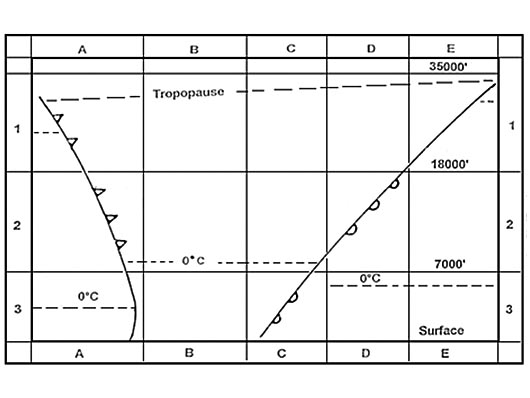 21600 nm.
21600 nm. Isogonic lines connect positions that have ?
Question 157-22 : The same variation 0° variation the same elevation the same angle of magnetic dip
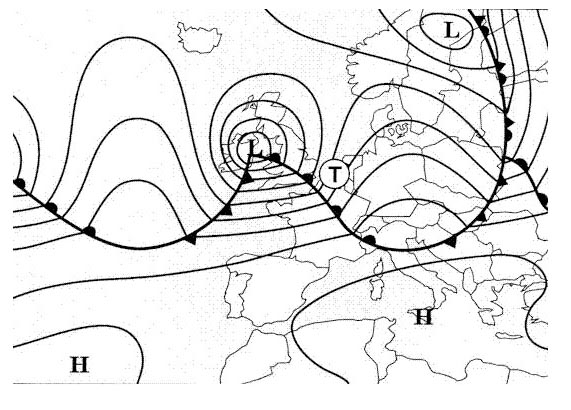 The same variation.
The same variation. The local mean time at longitude 095°20'w at 0000 utc is ?
Question 157-23 : 17h38 40 previous day 06h41 20 previous day 17h38 40 same day 06h41 20 same day
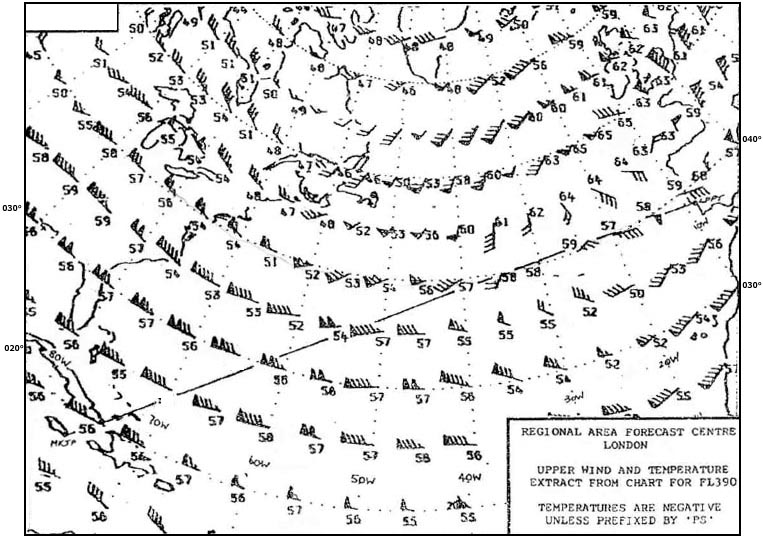 17h38:40 ; previous day.
17h38:40 ; previous day. 5h 20min 20sec corresponds to a longitude difference of ?
Question 157-24 : 80°05' 81°10' 75°00' 78°45'
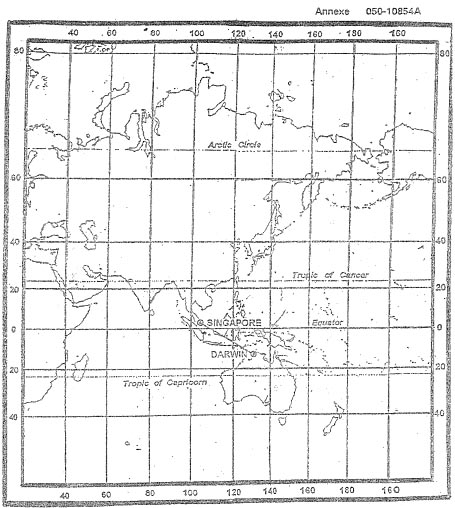 80°05'.
80°05'. What is the value of the magnetic dip at the magnetic south pole ?
Question 157-25 : 90° 45° 60° 0°
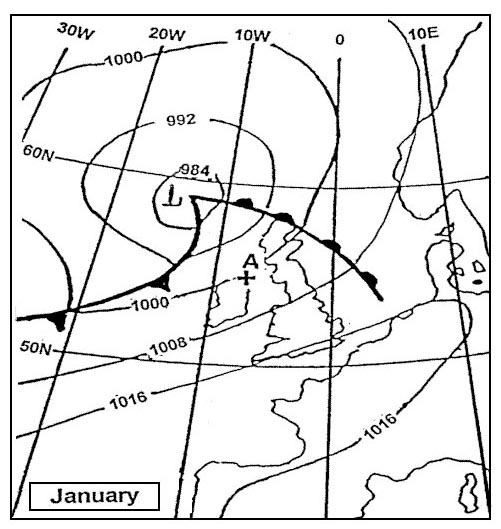 90°.
90°. What is the meaning of the term 'standard time' ?
Question 157-26 : It is the time set by the legal authorities for a country or part of a country it is an expression for local mean time it is the time zone system applicable only in the usa it is another term for utc
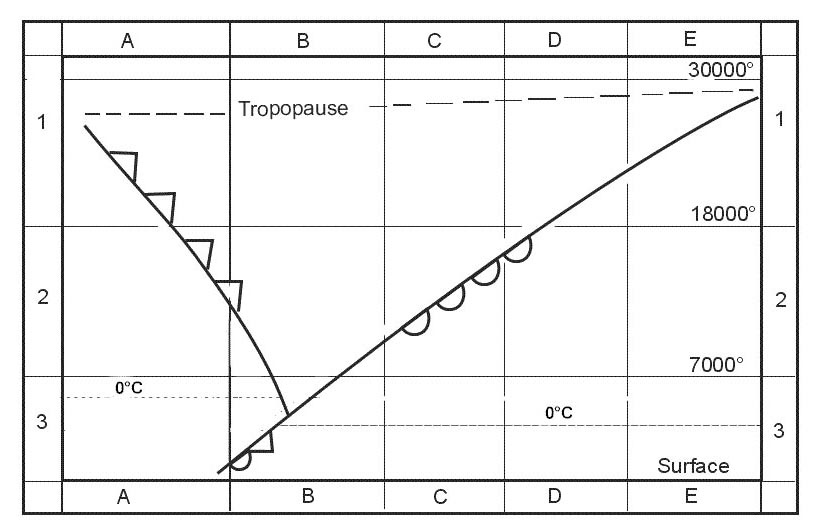 It is the time set by the legal authorities for a country or part of a country.
It is the time set by the legal authorities for a country or part of a country. What is the local mean time position 65°25'n 123°45'w at 2200 utc ?
Question 157-27 : 1345 2200 0615 0815
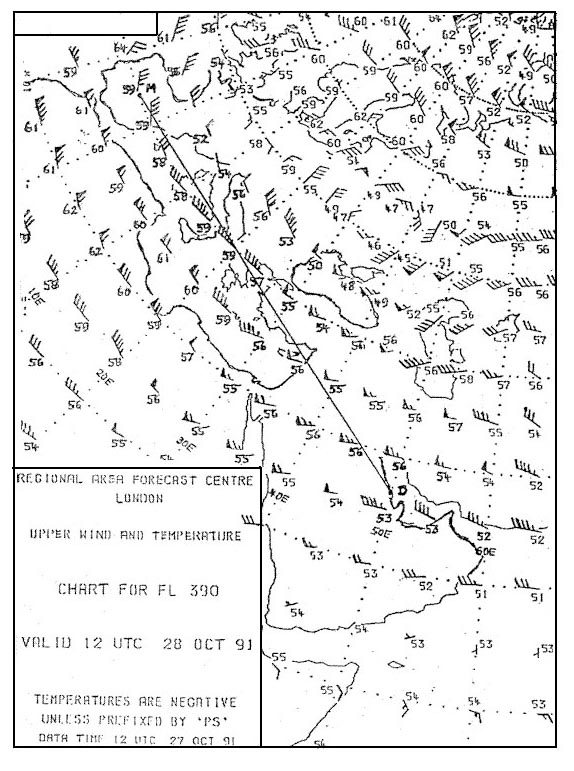 1345.
1345. The main reason that day and night throughout the year have different duration ?
Question 157-28 : Inclination of the ecliptic to the equator earth's rotation relative speed of the sun along the ecliptic gravitational effect of the sun and moon on the speed of rotation of the earth
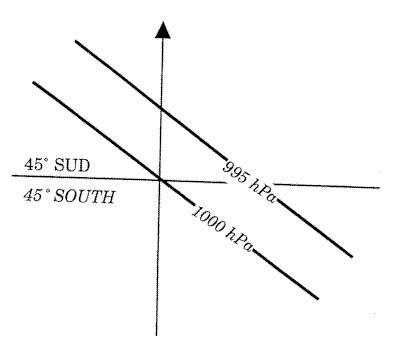 Inclination of the ecliptic to the equator.
Inclination of the ecliptic to the equator. The lines on the earth's surface that join points of equal magnetic variation ?
Question 157-29 : Isogonals isotachs isogrives isoclines
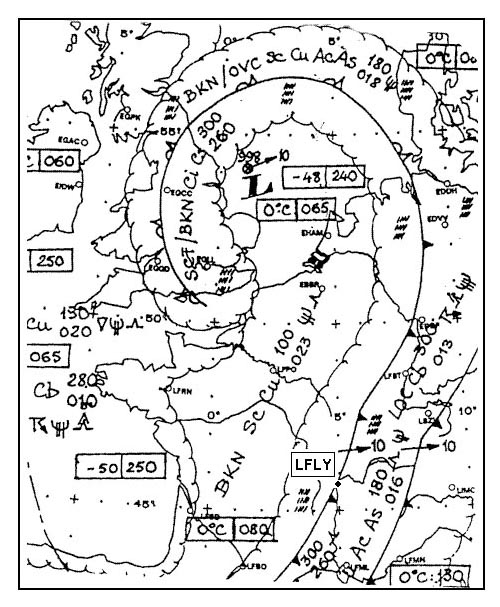 Isogonals.
Isogonals. An aircraft departing a n40°00' e080°00' flies a constant true track of 270° ?
Question 157-30 : N40°00' e064°20' n40°00' e070°30' n40°00' e060°00' n40°00' e068°10'
 N40°00' e064°20'.
N40°00' e064°20'. A nautical mile is equivalent to ?
Question 157-31 : 1852 m 1500 m 1012 m 1609 m
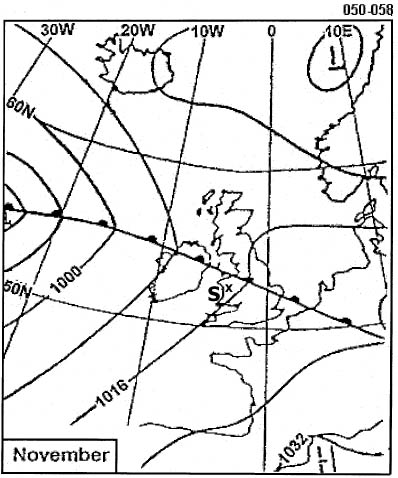 1852 m.
1852 m. An aircraft flies the following rhumb line tracks and distances from position ?
Question 157-32 : 04°00'n 029°58'w 04°00'n 030°02'w 04°00'n 030°00'w 03°58'n 030°02'w
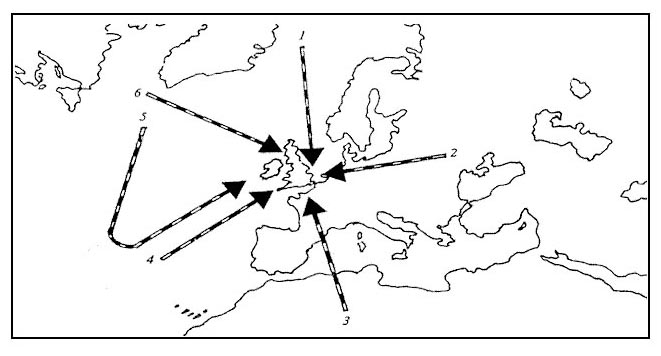 04°00'n 029°58'w
04°00'n 029°58'w What is the final position after the following rhumb line tracks and distances ?
Question 157-33 : 60°00'n 090°00'w 60°00'n 030°00'e 59°00'n 060°00'w 59°00'n 090°00'w
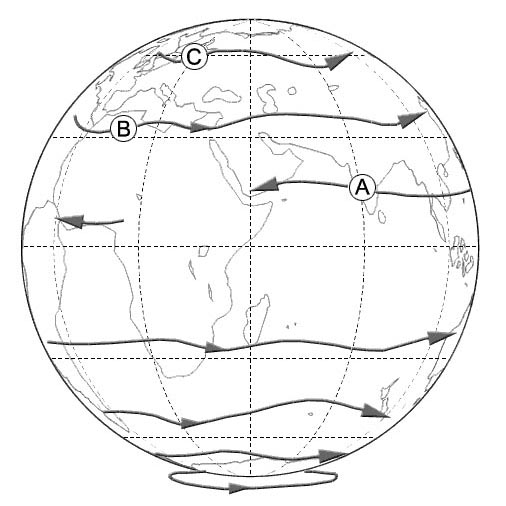 60°00'n 090°00'w.
60°00'n 090°00'w. Complete the following statement regarding magnetic variation the charted ?
Question 157-34 : Magnetic pole movement causing numerical values at all locations to increase or decrease magnetic pole movement causing numerical values at all locations to increase a reducing field strength causing numerical values at all locations to decrease an increasing field strength causing numerical values at all locations to increase
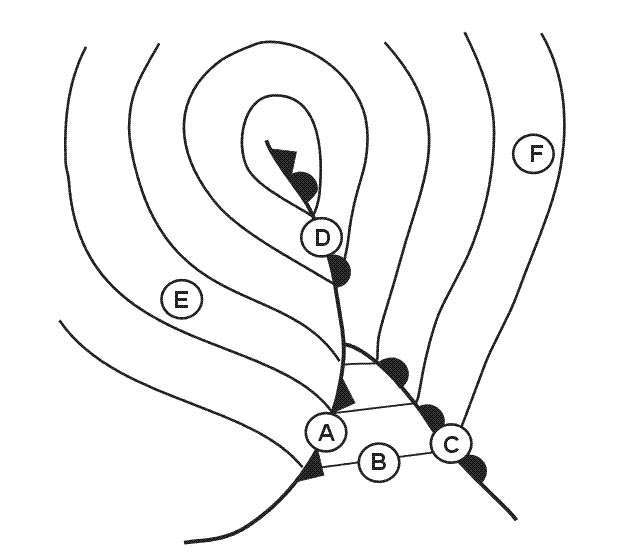 Magnetic pole movement causing numerical values at all locations to increase or decrease.
Magnetic pole movement causing numerical values at all locations to increase or decrease. In which two months of the year is the difference between the transit of the ?
Question 157-35 : February and november march and september june and december april and august
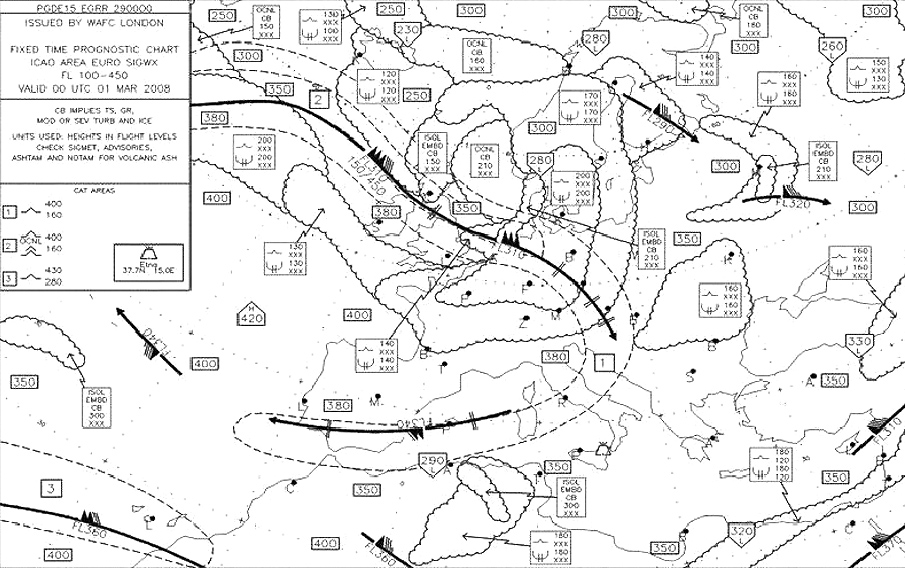 February and november.
February and november. What is the highest latitude listed below at which the sun will reach an ?
Question 157-36 : 23° 66° 0° 45°
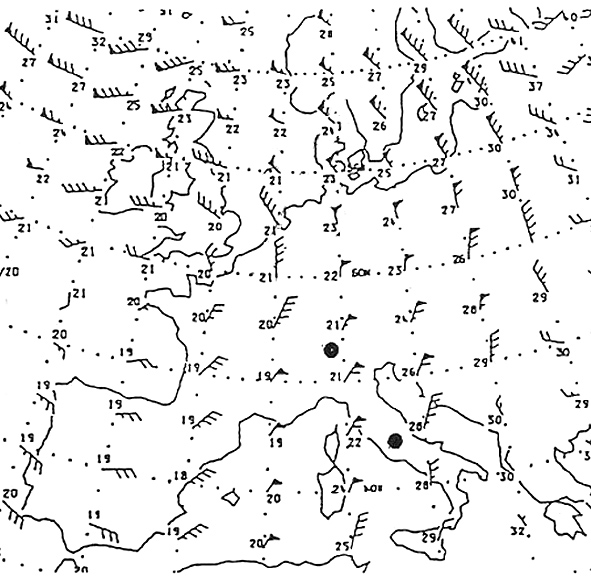 23°.
23°. Assuming mid latitudes 40° to 50°n/s at which time of year is the ?
Question 157-37 : Spring equinox and autumn equinox summer solstice and spring equinox summer solstice and winter solstice winter solstice and autumn equinox
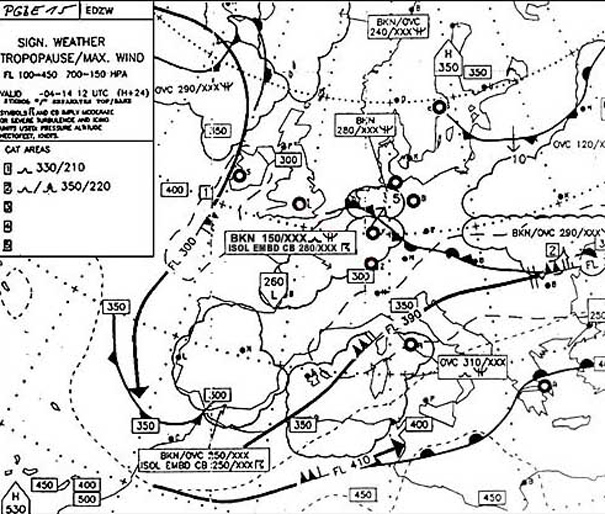 Spring equinox and autumn equinox.
Spring equinox and autumn equinox. At what approximate date is the earth closest to the sun perihelion ?
Question 157-38 : Beginning of january end of march beginning of july end of june
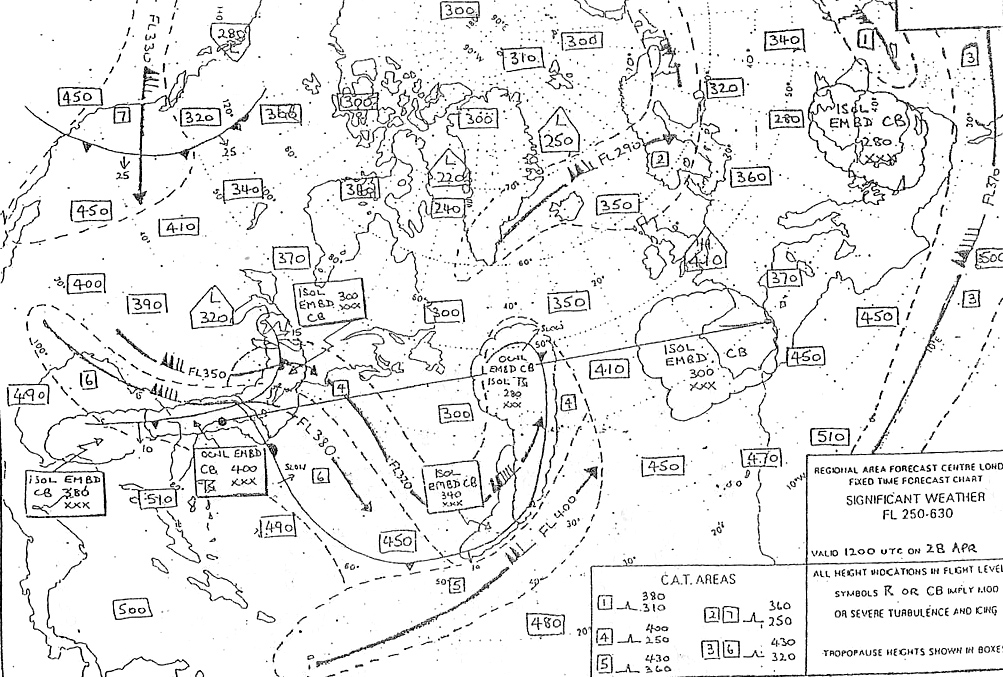 Beginning of january.
Beginning of january. At what approximate date is the earth furthest from the sun aphelion ?
Question 157-39 : Beginning of july end of december beginning of january end of september
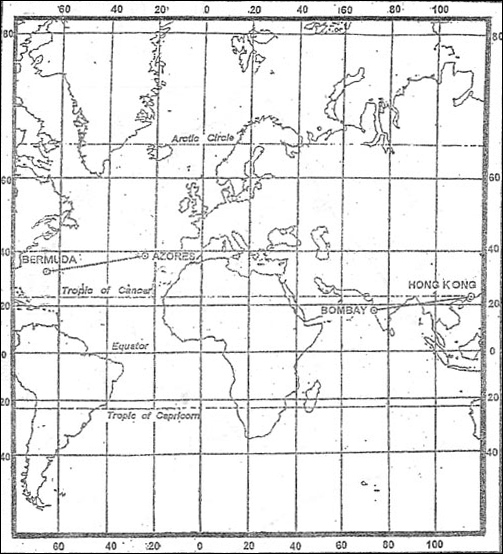 Beginning of july.
Beginning of july. An aircraft at position 60°n 005°w tracks 090° t for 315 km on completion ?
Question 157-40 : 000°40'e 005°15'e 002°10'w 000°15'e
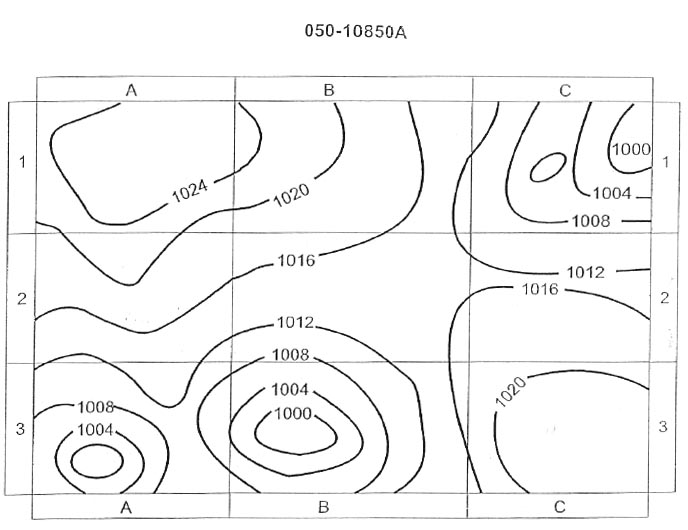 000°40'e.
000°40'e. ~
Exclusive rights reserved. Reproduction prohibited under penalty of prosecution.
6239 Free Training Exam
